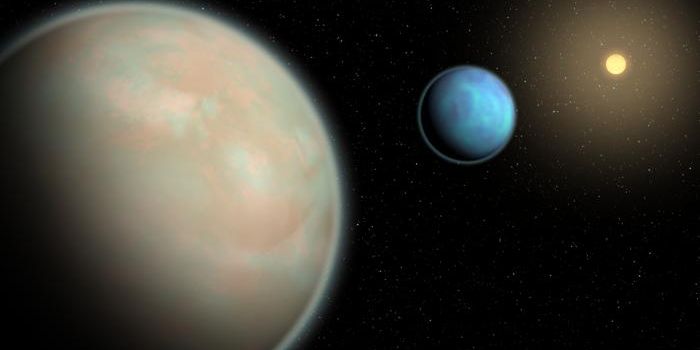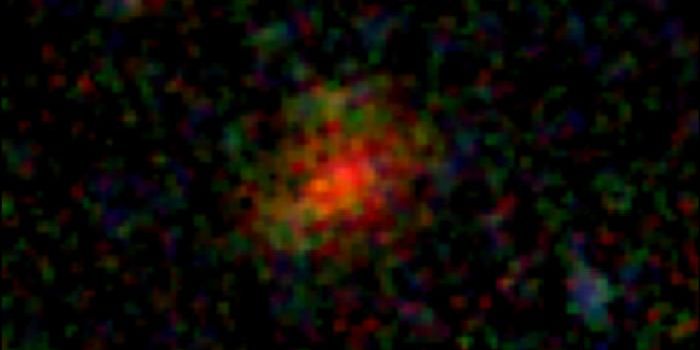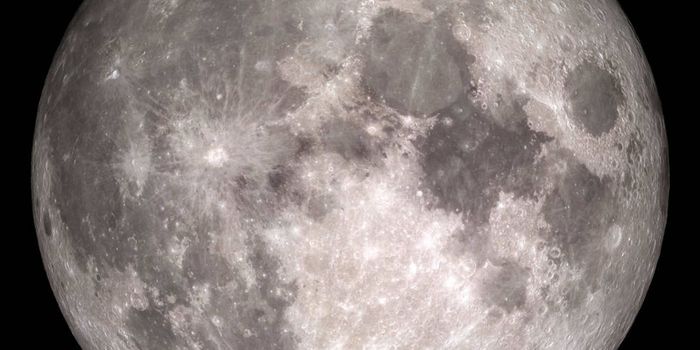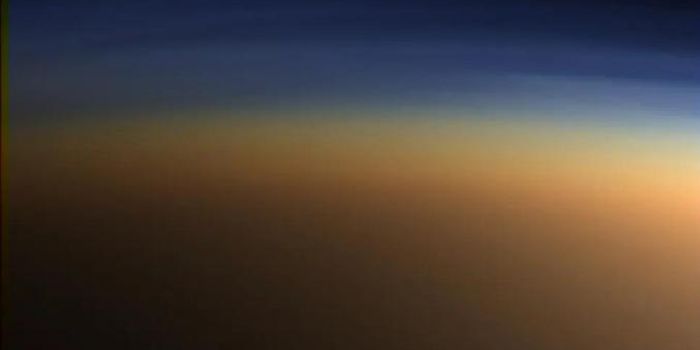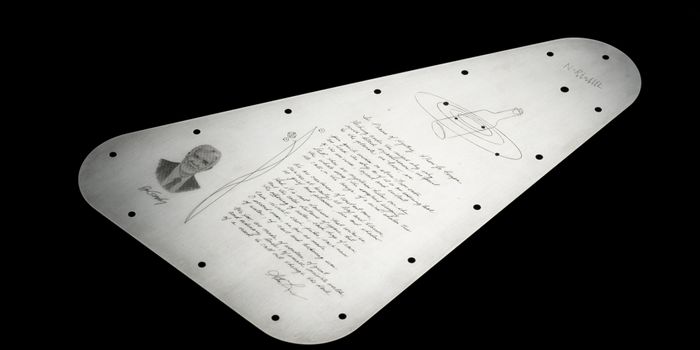Soon, We Will Get to See the First 'Real' Image of a Black Hole
You’ve never seen a black hole before. Everything you’ve come across on the Internet so far has only either been an artist’s impression of what a black hole might actually look like or a super blurry flash of light observed when a black hole devours something. Black holes have never been directly imaged, and as a result, we don’t really know exactly what they look like.
Image Credit: Pixabay
On the other hand, that’s all going to change soon. Astronomers were able to link together several of the world’s largest radio telescopes to form a massive network of telescopes that became known collaboratively as the "Event Horizon Telescope," and it just snapped our first real picture of the supermassive black hole Sagittarius A* at the center of the Milky Way.
Related: Scientists observe a black hole as it burps gasses
In doing so, they accomplished making a virtual telescope almost as big as the Earth itself and used it to image the black hole. The brains behind the major achievement say that the virtual telescope’s mirror comes out to be around 6,200 miles in diameter, which should give us a very high resolution image when it’s finally developed.
"Instead of building a telescope so big that it would probably collapse under its own weight, we combined eight observatories like the pieces of a giant mirror," said astronomer Michael Bremer from the International Research Institute for Radio Astronomy (IRAM).
While the picture has already been taken, it will take at least a few months to develop with today’s modern computational power. It’s due to be completed sometime in 2017, and then it should be released to the public soon after that.
While the black hole itself may not come out very clearly because it's still a dark object with no light being emitted, we should be able to spot its event horizon, which is where matter gets heated up as it enters the extremely strong gravitational pull of the object and can no longer escape its pull. This will give us an idea of what's lurking at the center. This activity produces luminous flashes of X-ray light, which is easy to observe from the Earth and is what has been observed over the years to date; just, with much lower-resolution telescopes where the fine details are almost impossible to see.
Related: This black hole has been munching on a star for more than a decade
Sagittarius A* is so dense that it’s estimated to be around 17 times larger than the diameter of the Sun while simultaneously containing as much mass as 4.1 million Suns. That said, to speak in terms of scale, trying to take a picture of it from Earth is like trying to take a picture of a CD on the surface of the Moon from the Earth.
Fortunately, the virtual telescope made up by all the radio telescopes spanning from various points on the Earth in both hemispheres should theoretically, in terms of scale, be able to spot a golf ball-sized object on the Moon’s surface from the Earth, so it should be quite a detailed image when we finally get it.
These are some incredible times in space exploration technology, and things are only going to get more intense as time goes by. With the James Webb Space Telescope slated for a 2018 launch and new missions being pondered by NASA to explore space for traces of life, space science is about to get even realer than we could ever imagine.
Source: Phys.org
-
APR 17, 2024Cannabis Sciences Virtual Event Series 2024
-
APR 30, 2024Immuno-Oncology Virtual Event Series 2024
-
MAY 07, 20243rd International Biosecurity Virtual Symposium
- See More


